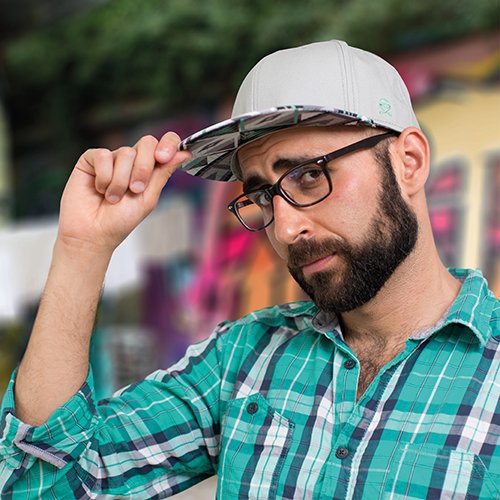I am a
Mechanical Engineer
At HarvardDaniele Foresti, PhD
This scientist was part of our original collection.*A few features may be different.
DAniele
foresti
He/Him
“I’m not driven by a specific question, I just want to figure out how to make stuff.”
Science isn’t always about discovering something unknown. Sometimes, it’s about creating something new.
Dr. Daniele Foresti has always been driven by a brand of curiosity focused more on what’s possible than what’s true. Growing up in Italy, he loved playing with legos and watching his dad tinker with what they could find in the local shops. His dad worked in a pasta factory. His mom was raised in a family of farmers. College was never the priority. Instead, he was told to find the thing that made him happy, and always consider how it impacted others.
As he got older, he realized that tinkering was the thing that made him happy. He loved making stuff, and discovered engineering as a way to make stuff for a living. Through his studies, he began blending the inquiry of science with the imagination of engineering. He realized that there were many scientific problems that would benefit from an engineer’s perspective. After graduation, he turned to Mechanical Engineering, a field focused on taking biological materials and figuring out how to get them to do whatever it is you want them to do.
In a sense, science became his sandbox and engineering was his sculpting tool. He played with this and that, tried something, failed, tried something else, until discovering that perfect combination of forces and properties that enabled him to do something that had never been done before.
His tinkering paid off: he figured out how to use sound waves to levitate and move liquid through mid-air.
In the past few years, Daniele joined forces with an expert in 3-D printing. He saw the limitations of it, and believed that he had a way to print just about anything onto just about anything: using the same sound waves he’d been playing with for years before.
Now his invention has the potential to transform countless industries from medicine to food to art to cosmetics. Not because Daniele had some driving question he wanted to answer, but because he wanted to see what he could do.
Notable Accomplishments:
PhD in Mechanical Engineering from ETH Zurich
Winner of Science as Art Competition
Branco Weiss Fellowship for Science in Society
The
basics:
Expertise: Biomechanical Engineering; 3D Printing; Fluid Physics
Title: Researcher & Entrepreneur
Institution: Harvard University
I am a soccer-playing, art-loving biomechanical engineer who is changing the way we think of 3D printing.
ADVOCATING FOR ECONOMIC EQUALITY
•
PICK-UP SOCCER GAMES
•
SCIENCE ART
•
TRENDY HATS + GLASSES
•
DOCUMENTARIES
•
BASEBALL WITH FRIENDS
•
ADVOCATING FOR ECONOMIC EQUALITY • PICK-UP SOCCER GAMES • SCIENCE ART • TRENDY HATS + GLASSES • DOCUMENTARIES • BASEBALL WITH FRIENDS •
things I love:



WHAT I DO
i am a Mechanical Engineer
I focus on a combination of science and engineering, both learning but also making new things.
I am a researcher at Harvard University.
There I work in a lab filled with lots of 3-D printers, bottles and jars of different liquids, and unusual machines for testing.
With solids, it’s easy to grab exactly how much you need of something.
With liquids, it’s a lot harder. I used scientific principles to invent a way to use sound waves to create precise droplets of nearly any liquid.
This technology has a lot of applications.
I developed a way to use it to make it easier to 3-D print with a wide range of materials for use in everything from medicine to foods to cosmetics to art.
MY WHY
I was never curious about any one thing in particular, I just loved using science to see what I could make.
I WANT TO KNOW:
How do we create tools that allow us to print any type of ink onto any type of surface?
MY ADVICE
a little about me
I worked as a dishwasher to help my family in Italy.
My mom came from a family of farmers and my dad worked in a pasta factory. I can be a total drama queen. I can make water levitate using sound. I loved playing legos as a kid. I didn’t think I would go to college when I was a kid. I won a science-inspired art competition.
MY PATH TO SCIENCE
Blue Collar Childhood
Raised in Italy, I didn’t expect to go to college. College wasn’t important in my community. My mom grew up in a family of farmers. My dad worked in a pasta factory and loved tinkering in small shops, which inspired me to think about different ways to make things. My first job was as a dishwasher when I was still young to help cover costs.
Trying Out College
As I got older, I realized that if he wanted to make things, engineering was the way to go. I enrolled in college in Rome and started to learn more about how technology could unlock a whole new world for what’s possible. I was never curious about any one thing in particular, I just loved using science to see what I could make.
Milestone
I found that I could use sound waves to levitate liquids like water — they would be suspended mid-air. I focused on a combination of science and engineering, both learning but also making new things. I realized the potential application of my work for society, and was awarded a fellowship for “Science in Society”.
Scientist
I realized that the technology I’d developed had a lot of potential in the world of bioprinting, so I moved to the US to join the lab of a woman who studied 3-D printing. Together, we invented a powerful new tool that could transform the way 3-D printing works called “acoustophoretic printing”, which uses sound waves to help put any type of ink onto any type of surface.
Future
Today, Dr. Foresti is becoming an entrepreneur focused on applying his work to society. His technology is so powerful that it could potentially help change what many industries are capable of. He’s now part of an accelerator at Harvard to help translate his invention to the market.
Biomechanical Engineering
Biomechanical Engineering applies scientific and engineering principles to biological materials, like plants and organs.
INTRODUCING
3D Bioprinting
What is 3D bioprinting? Why does it matter?
Sometimes sick people in need of a new kidney, for example, wait years to get a matching organ from a human donor. Many times, these people must wait so long that they don’t ever actually make it out of the hospital. But what if you could just use a printer and a pattern to print out brand new organs designed exactly for these patients that would make their bodies work properly again? Well, you would save their lives.
Scientists are not able to do this just yet, but those in the field of three-dimensional bioprinting are working on it each and every day. High-tech machines can already print biomaterials that mimic real tissues, if given the right ingredients and map to do so. In 2019, scientists in Israel successfully printed a rabbit-sized heart using human cells, though a human heart has so far been too complicated. But still, some human lives are already being saved by this technique. Three-dimensional bioprinting has saved the lives of some infants born with a respiratory disease that can be fixed with a printed “tracheal splint”.
Mechanical engineers — as well as biomechanical engineers — in this field are working hard to understand and mimic every minute detail of organs and their microenvironments so that they can use their machines to create exactly the types of tissues sick people need. This requires being able to work on very small scales, like at the scale of individual cells and droplets of liquid “bio-ink” too small to measure by hand. Bioprinters use lasers and other techniques to print very specific, high-resolution tissues, cell layer by cell layer.
In addition to saving the lives of sick humans, the tissue could be used to eliminate the need for product or drug testing on animals. The possibilities are endless!
Career Resources
Every scientist’s path is unique, and the right resources can make all of the difference. Below are a selection of resources that may be helpful for those who are interested in areas of science that are related to Daniele’s work.

“You can set a goal, but during the process you’re going to have to work through several other problems. So you try to observe the world and understand how it works [until you reach your goal].”
— Daniele foresti
KEEP EXPLORING
Here are some resources we recommend for diving deeper into themes from this story.
Engineering
FIELD GUIDE
coming soonView more related scientists:
Looking for teacher resources?
PHOTOGRAPHER: Erica Derrickson • Boston, MA© 2024 THE PLENARY, CO. ALL RIGHTS RESERVED. TERMS. PRIVACY.This is a brand new site! See an issue? Let us know.















